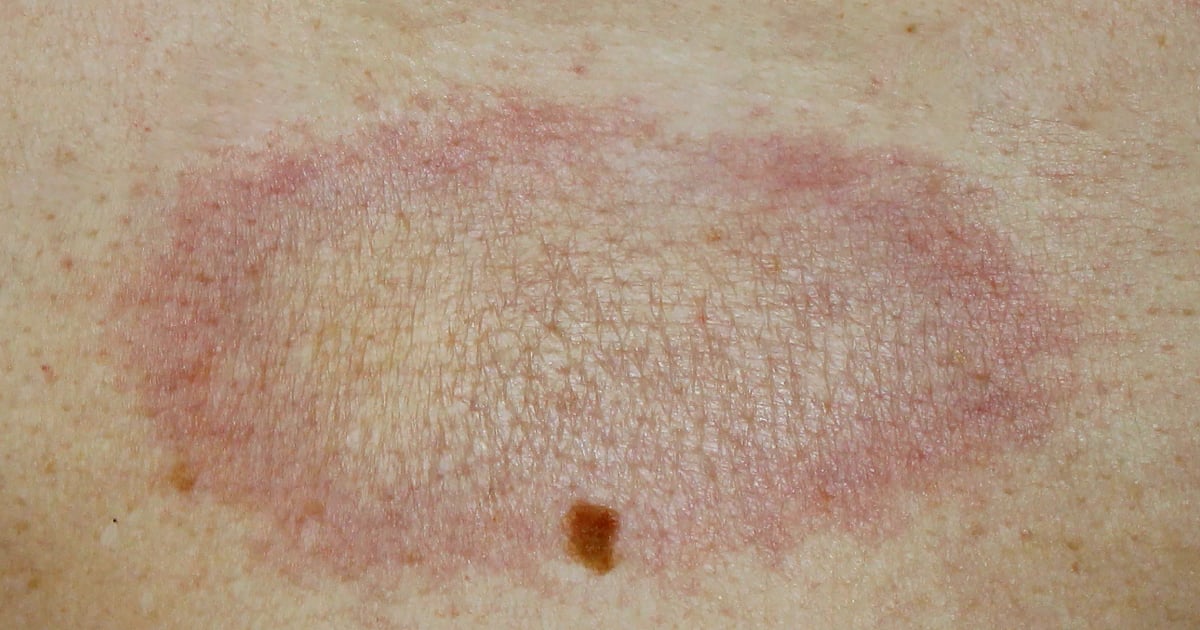Morphea may not be a common condition, as it is found only in 2-3 people out of a hundred thousand. The obvious symptom is the localized hardening patches on the skin. Although it may not affect any internal organ, it can become chronic and darkens the skin of the affected areas if left untreated, adversely impacting the sufferer’s self-confidence.
What is Morphea?
It is a rare condition where the skin is inflamed with excessive collagen deposits and turns into fibrosis, causing the skin to harden and thicken with scar-like dark color. Typical locations are on the face, body, arms, legs, belly and the back. Morphea is more common in women than in men.
Symptoms of Morphea
Symptoms of morphea vary depending on its stages. During the initial phase, the affected skin appears as a hard, reddish oval rash that can be found on the body or on the face. In later stages, the rash will dissolve into a patch that looks like a burn scar but is harder than the normal skin condition. Its size may range from only a few centimeters to 15 centimeters wide.

What causes Morphea?
The cause of morphea is still unknown but it can be triggered by many factors such as immune system disorder, and inflammation from frequent skin friction. Moreover, it can occur in some groups of people with certain types of genetic condition that increases its risk. However, not everyone who has these genetic disorders will develop morphea, as there are also other factors that combine to trigger the condition.
How to diagnose Morphea?
The dermatologist will order a skin biopsy, and the result from this clinical test will be used to determine an appropriate treatment plan.
How to treat Morphea?
Treatment for morphea depends on the size and location of the patch. In addition, the dermatologist will have to take into account the patient’s congenital diseases as well as lifestyle, before prescribing a treatment that may range from topical medication, oral medicine, to various radiation therapies. It is most important for the patient to realize that morphea takes a long time to heal, and it may also leave a scar on the affected skin.
How to prevent Morphea?
There is no protection against morphea. You need to be aware of your normal skin condition, and consult a dermatologist promptly when you notice any anomaly. The sooner the condition is addressed, the better the chances of a satisfactory outcome.











